Surface Blackening Aluminum Module Timing Pulley With Flange for Automation Machinery
The module timing belt pulley comprises the rim, spoke, and hub. When designing the pulley, its structure shall be easy to manufacture, the mass distribution shall be uniform, the weight shall be light, and excessive internal stress due to casting shall be avoided.
The module timing belt pulley(Surface Blackening Aluminum Module Timing Pulley) comprises the rim, spoke, and hub. When designing the pulley, its structure shall be easy to manufacture, the mass distribution shall be uniform, the weight shall be light, and excessive internal stress due to casting shall be avoided.
A timing pulley module is a component that turns a timing belt. Its mass is 80 to 375 N. Its outer or pitch diameter is two times its minimum thickness, and it has 80 teeth. This pulley is not used in linear drives, but it is used in a variety of mechanical applications.
Many environmental variables affect the performance of a timing belt pulley. It’s vital to monitor the temperature and pressure of the environment where the timing belt pulley system is located. High temperatures will deteriorate plastic pulleys, and certain metals will be prone to corrosion. In addition, polycarbonate structures degrade with exposure to different gases. In these cases, polyurethane units are a better choice.
Timing belt pulleys are designed in different ways to meet the needs of specific applications. They are primarily used to align the motion of multiple gear shafts. The teeth are positioned in a manner that reduces slippage and increases reliability. Additionally, they reduce the required amount of lubrication.
Timing pulleys can be made of steel, aluminum, or plastic. Aluminum is lightweight but durable and is often used in high horsepower drive systems. Aluminum also has a high load capacity and can resist deformation during use. Because of these features, aluminum is used widely in industrial settings. Steel, meanwhile, is widely available and is known for its stability and durability in adverse environments.
Product Description
|
Product name
|
Timing Belt Pulley
|
|
Place of Origin
|
Zhejiang, China
|
|
brand
|
Power-trans
|
|
Teeth Profile
|
HTD3M 5M 8M 14M MXL XL L H S2M S3M S5M S8M 2GT 3GT 5GT 8YU T2.5 T5 T10 AT5 AT10…etc 1
|
|
Basic Shape
|
Type A,Type B,Type D,Type E,Type F,Type K
|
|
Teeth Quantity
|
10-150 teeth or customized
|
|
Material
|
6061(aluminum),S45C(45# steel),SUS304(Stainless steel)
|
|
Belt Width
|
4-50mm
|
|
Inner Bore
|
2-100mm H7 precision or customized
|
|
Bore type
|
Taper hole, pilot bore, round hole, keyway hole
|
|
Surface treatment
|
Anodize, Black Oxide, Phosphate, and Galvanization
|
|
Certification
|
ISO9001:2008
|
|
Bore
|
Pilot bore, Taper bore, and Customized bore.
|
|
Testing equipment
|
projecting apparatus, salt spray test, durometer, coating thickness tester,2D projector
|
|
producing equipment
|
CNC machine, automatic lathe machine, stamping machine, CNC milling machine, rolling machine, lasering, tag grinding machine, etc.
|
|
Application industry
|
Robot industry, Medical industry, Making machine industry, Automation industry,3C industry equipment, Packaging industry, UAV
industry, New energy industry. |
Timing Pulley Types(Surface Blackening Aluminum Module Timing Pulley)
There are several types of timing pulleys available on the market today. There are metric and standard timing pulleys, which can be made of either metal or plastic, or a combination of both. The material choice depends on the environment in which the timing pulley will be used. Metal pulleys are typically made of steel or aluminum. Plastic pulleys can be made of nylon or polycarbonate. Both types have hubs for shaft attachment. The hubs are sized so they can fit tightly around the shaft without being loose.
Plastic and aluminum timing pulleys are both lightweight and durable. The main advantage of aluminum is its low weight. These materials are also known to be resistant to high temperatures and are ideal for high horsepower drive systems. On the other hand, steel is widely available and known for its stability and durability in harsh environments.
Timing pulleys are available in metric and inch sizes. The standard diameter is 1/4 inch (6 mm). Those with a larger diameter can be made of fiberglass-reinforced polycarbonate. You can always cut the sleeve to suit your needs if you need a smaller size.
Timing belts have teeth that are reliable in keeping the crank and camshafts in sync. Timing belts have a wide range of pitches in metric units. The rise, the distance between each tooth center, will determine the size of the timing belt. Older belts have a trapezoidal-shaped teeth pattern.
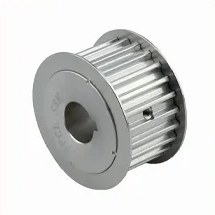 |
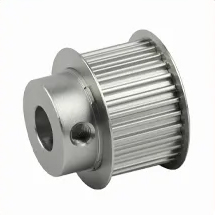 |
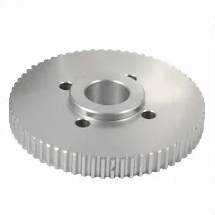 |
 |
| Type a timing pulley | Type b timing pulley | Type d timing pulley | Type k timing pulley |
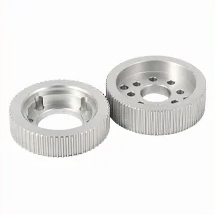 |
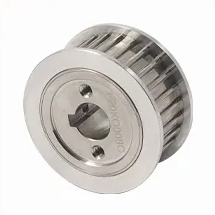 |
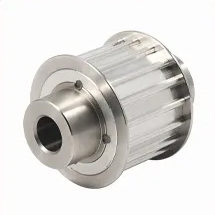 |
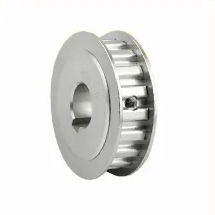 |
| GT timing pulley | Stainless Steel timing pulley | Module timing pulley | Robot timing pulley |
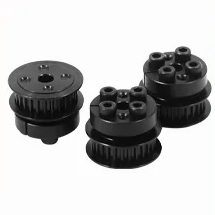 |
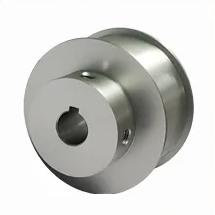 |
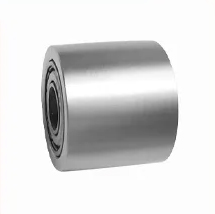 |
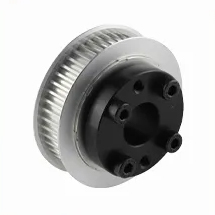 |
| Medical timing pulley | Flat idler pulley | smooth belt idler pulley | keyless timing pulley |
How to Remove Timing Pulley?
If you’re having trouble getting your timing belt to work correctly, you may want to learn how to remove the timing pulley. If the pulley is too tight to remove, you should consider buying a puller kit to make the job easier. This tool costs about $19 and consists of two parts: the rod and the main puller piece. The rod goes into the central puller part, and the end piece screws into the crankshaft.
After the timing belt is removed, you can install the new one. You’ll also need to remove the water pump pulley. You can locate this pulley with the help of your car manual. Make sure to have all the tools you need ready. You’ll also want to grab some engine parts bags and a pen to label them. You’ll want to ensure the engine is excellent before starting the process. Ensure the handbrake is engaged, and turn the ignition off before removing the timing belt. You’ll also want to move the power steering belt out of the way so you can access the timing case.
You’ll also need a unique tool to remove the crankshaft pulley. This tool will help you safely remove the pulley. Once you’ve removed the pulley, you’ll need a suitable engine lifting device to place it on. Then, you’ll need to unscrew the two bolts holding the crankshaft pulley and the timing belt. Once the pulley is out, ensure the timing belt is tensioned correctly.
Why Choose Our Timing Belt Pulley?
Timing pulleys are widely used in various equipment where the timing of both drives is precious, and the display ratio is essential. A timing pulley’s benefit is eliminating slippage and maintaining constant angular velocity. Timing pulleys are manufactured per international and national standards with carbon steel/alloy steel/aluminum and hardened teeth to provide long life. We have been ranked as the most dependable and leading firm worldwide and actively emerged to offer a wide array of timing belts. Our sophisticated production unit’s timing pulleys are fabricated by our skilled personnel using advanced technology.
Known for superior sturdiness, dimensional accuracy, and durability, the offered range is manufactured in compliance with industry norms and guidelines. Further, we provide these components in various customized forms according to patrons’ specific requirements. Apart from this, these pulleys are quality tested by our quality controllers on different parameters.
1) Warranty: our timing pulley’s quality is excellent, and with insurance within one year, when you receive the products and find quality problems, we promise you could return it and free maintenance.
2) Drawings: please send your timing pulleys’ drawings to us to get the best quotation; If you have no drawings, please get in touch with us, then we can work out CAD drawings and the best reference for you ASAP.
3) Sample: we accept one-piece sample orders. We could do examples until you’re satisfied.
4) Confidentiality agreement: Strictly adherence to client confidentiality agreement for timing pulleys.
Customization Process
Step 1. Information: Please provide information on customized materials and sizes to us.
Step 2. Quotation: Quote price after making standard engineering drawings.
Step 3. Order Confirmed: Confirm quotation, confirm sample, then make a purchase order.
Step 4. Production: Put into production with high efficiency and control quality.
Step 5. Packing & shipping: Pack and ship according to requirement.
Step 6. After-sale service: Receiving and evaluation, deep cooperation.

Packing Shipping Delivery
  |
 |
|
 |
 |
|
How to choose power transmissions parts and industrial products which meet our requirement
| Chains | Sprockets | Pulleys | Timing belt Pulley | V-belt Pulley |
| Sheaves | Coupings | Bush &Hub | Gear& Rack | V-Belt |
| Locking Assembly | Pulley | Gearbox | Reducer | Shaft Collar |
| Rod End Bearing | Clevis | PTO | Chain Guide | Belt Guide |
| Rubber Buffer | Chain Tensioner | PTO Drive Shafts | Universal Joints | Roller Chains |
| Conveyor Chains | V-Belts | Worm Gearbox | Helical Gear | Worm |
| Agricultural Chain | CNC Proces Parts | Casting | Stamping | |
| Powder Metallurgy | CNC Proces Parts | Casting | Stamping |
What Products Do you sell ?
We are a group of factories, give customer one stop solution of power transmission and industrial products. We are in the position to supply wide range of products, including chains, sprockets, v-belt and v-belt pulleys, timing belt and timing belt pulleys, gears, speed reducers, motors, racks, couplings, and many other parts, like locking assembly, taper bushing, Chain guide, shaft collar, torque limiter, cam clutch, universal joint, motor base and motor slide, rod end, clevis, rubber mount, etc. We make special parts according to drawings and/or samples.
How to choose a gearbox which meets our requirement?
You can refer to our catalogue to choose the gearbox or we can help to choose when you provide
the technical information of required output torque, output speed and motor parameter etc.
What information shall we give before placing a purchase order?
a) Type of the gearbox, ratio, input and output type, input flange, mounting position, and motor informationetc.
b) Housing color.
c) Purchase quantity.
d) Other special requirements.
What industries are your gearboxes being used?
Our gearboxes are widely used in the areas of textile, food processing, beverage, chemical industry,
escalator,automatic storage equipment, metallurgy, tabacco, environmental protection, logistics and etc.
What is the producing process?
Production process including raw material cutting, machine processing, grinding, accessories cleaning, assemble, cleaning, stoving, oil coating, cover pressing, testing, package.
How to control the products quality?
Combining advanced equipment and strict management, we provide high standard and quality bearings for our customers all over the world.
What is the transportation?
-If small quantity , we Suggest to send by express, such as DHL,UPS, TNT FEDEX. If large amount, by air or sea shipping.
Can we design packaging?
-Yes. Default is regular packing, and we can make customer's own packing.
Can you provide OEM service?
-Yes, we work on OEM orders. Which means size, quantity, design, packing solution, etc will depend on your requests; and your logo will be customized on our products.
Can you give me discount on Power Transmissions Parts and Industrial parts?
-Yes, of course. Pls. send me your Email, you'll get more
Q: Are You a trading company or a manufacturer?
A: We Are the factory and have our Own trading company
Q: How Can I get an offer?
A: please send US quotation information: drawings, materials, weight, quantity and requirements, we can accept PDF, ISGS, DWG, STEP file format. If you don't have the drawings, please send us the samples, we can also quote you according to your samples.
Q: What is your minimum order size?
A: it is usually 100 pieces, but a low quantity is acceptable under some special circumstances.
Q: Do you provide samples? Is it free or extra?
A: Yes, we can provide samples free of charge, but we don't pay the freight.
Q: What is the lead time for mass production?
A: honestly, it depends on the number of orders. Normally, if you don't need the tools, deposit them after 30 days or so.
Q: What if the parts don't Work?
A: we can guarantee the quality, but if it happens, please contact us immediately, take some photos, we will check the problem and solve it as soon as possible.
Q: What are your terms of payment?
A: payment is less than US $1000,100% in advance. Payment: $1000,50% wire transfer in advance, balance before shipment,Other Terms of payment are negotiable

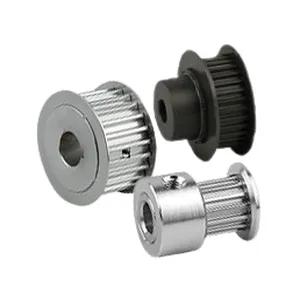

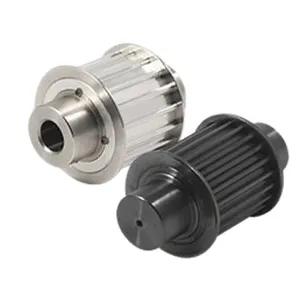
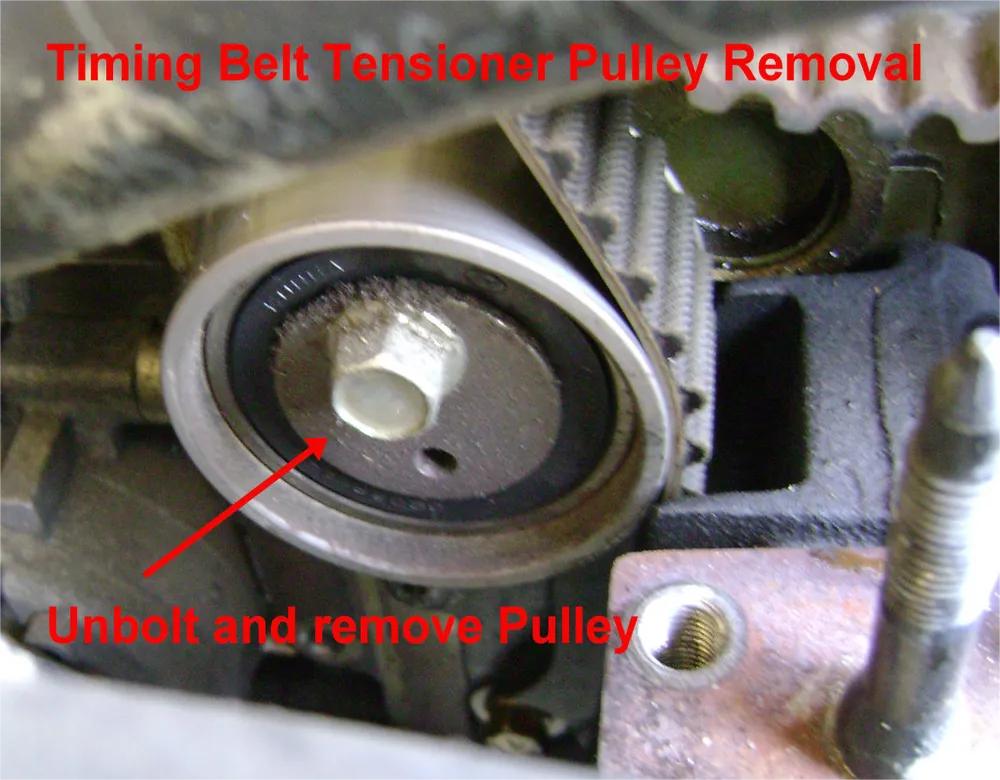
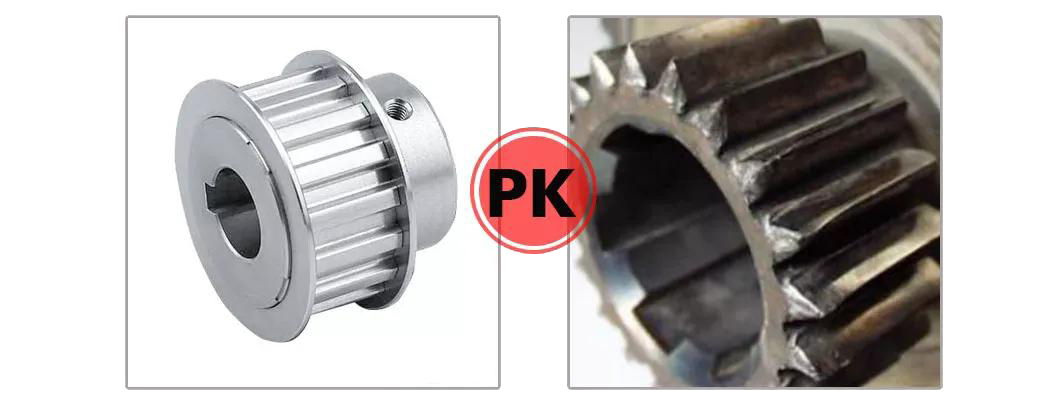
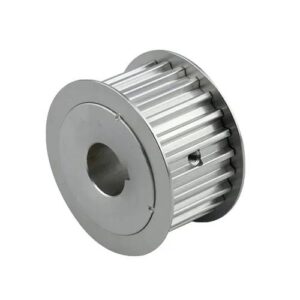
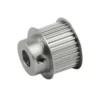
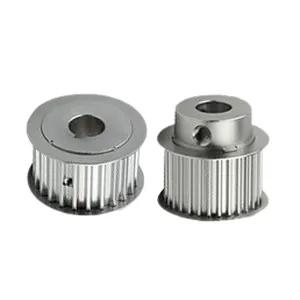
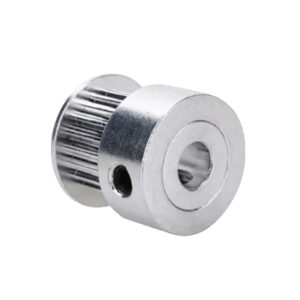
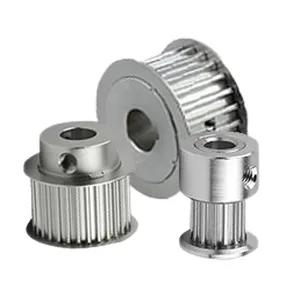
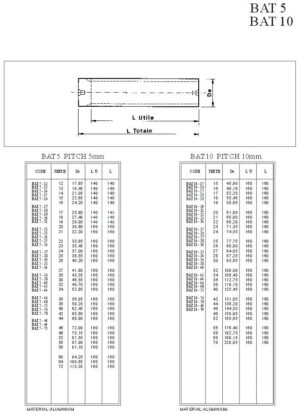
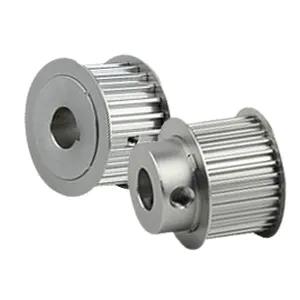
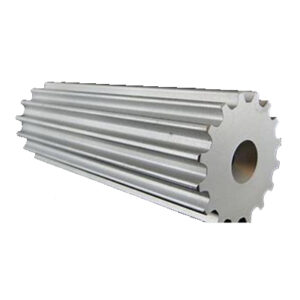
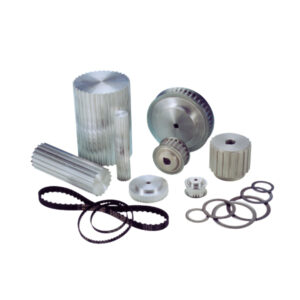
Reviews
There are no reviews yet.